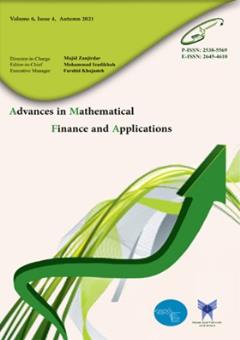Investigating Randomness By Walsh-Hadamard Transform in Financial Series
محورهای موضوعی : Economic and Financial Time Series
1 - Department of Financial Management, Payamenoor University,Tehran.iran
کلید واژه: Walsh Transform , Randomness, Financial Series ,
چکیده مقاله :
The objective of the ongoing research is to introduce the initial, substantial, and practical implementation of the Walsh-Hadamard Transform in the realm of quantitative finance. It is worth noting that this particular tool, which has limited utility in the domain of digital signal processing, has demonstrated its effectiveness in evaluating the statistical significance of any binary sequence. Therefore, employing this approach in financial series would be exceptionally noteworthy. By employing five primary tests to assess the randomness of the series, including those pertaining to the Tehran Stock Exchange, as well as copper and gold, the outcomes reveal the presence of randomness in the transformed series in all aspects. Naturally, this random-ness could be examined to identify any underlying trends.
The objective of the ongoing research is to introduce the initial, substantial, and practical implementation of the Walsh-Hadamard Transform in the realm of quantitative finance. It is worth noting that this particular tool, which has limited utility in the domain of digital signal processing, has demonstrated its effectiveness in evaluating the statistical significance of any binary sequence. Therefore, employing this approach in financial series would be exceptionally noteworthy. By employing five primary tests to assess the randomness of the series, including those pertaining to the Tehran Stock Exchange, as well as copper and gold, the outcomes reveal the presence of randomness in the transformed series in all aspects. Naturally, this random-ness could be examined to identify any underlying trends.


